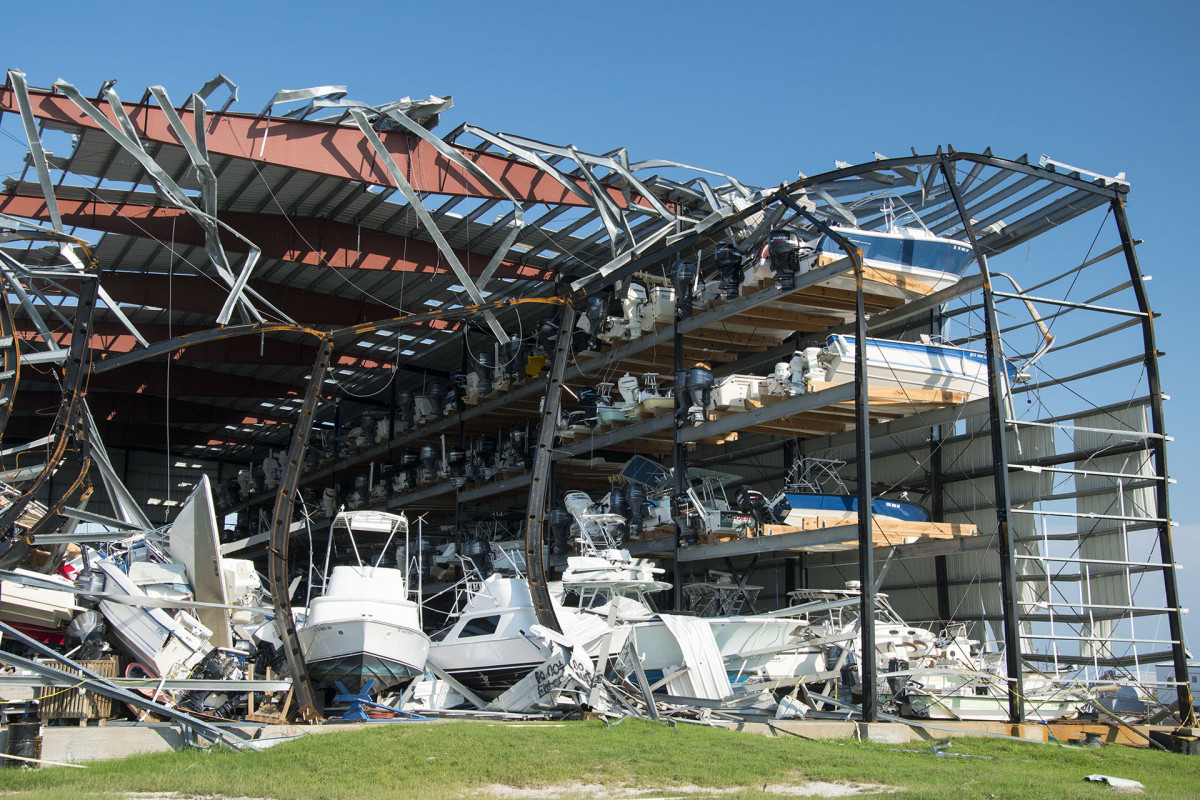Innovative Measurement and Modeling of Dynamical Social and Health Effects of Windstorms
Sponsor: National Institute of Standards and Technology
Performance Period: 9/1/2019-8/31/2022
Project Budget: $667,024
Team Members: Daan Liang (PI), Zhen Cong (Co-PI, University of Texas at Arlington), Guofeng Cao (Co-PI, University of Colorado Boulder)
Severe storms not only damage man-made structures but also inflict severe social and economic pains on communities, business, families, and individuals. Over 1 million homes were impacted by Hurricane Harvey in Texas and one year after its landfalling, 8% people were still displaced. In addition to casualties and injuries, windstorms induce strong disturbances to people’s social settings at different levels and locations, giving rise to transient and enduring social, health, and psychological problems.
The objective of the proposed research project is to develop innovative methods for measuring and modeling short-term and long-term social and health effects of windstorms and their interdependence with built environment. Employing an integrated, interdisciplinary approach, the team is aimed to advance understanding of the fundamental processes associated with natural hazards. Four past events are identified based on data availability and quality, hazard type, community type, and other considerations and used for method and model development. Existing data that have been collected by the research team is augmented by archived datasets in the public domain. New methods and models are then applied to two future storms where their validity is tested, and deficiencies are corrected. Finally, a series of activities are carried out to raise the awareness of research findings and broaden their public benefits through webinars, shared datasets, manuscripts and presentations, and courses.
Aligned closely with the mission of NIST’s Disaster and Failure Studies Program, the project will improve mechanisms by which the impacts of windstorms are captured, quantified, and correlated to each other. The results will be essential to assessing the adequacy of current data collection schemes, codes and standards in use, and practices concerning response and recovery. Equipped with models capable of mapping out complex cause-effect relationships, this project could help minimize future health and mental illnesses in the wake of disasters. The key metrics for measuring the success and potential impacts include conference and workshop presentations, journal publications, attendances to webinars, citations by NIST publications, and adoptions of data collection methods by other research groups and agencies.
